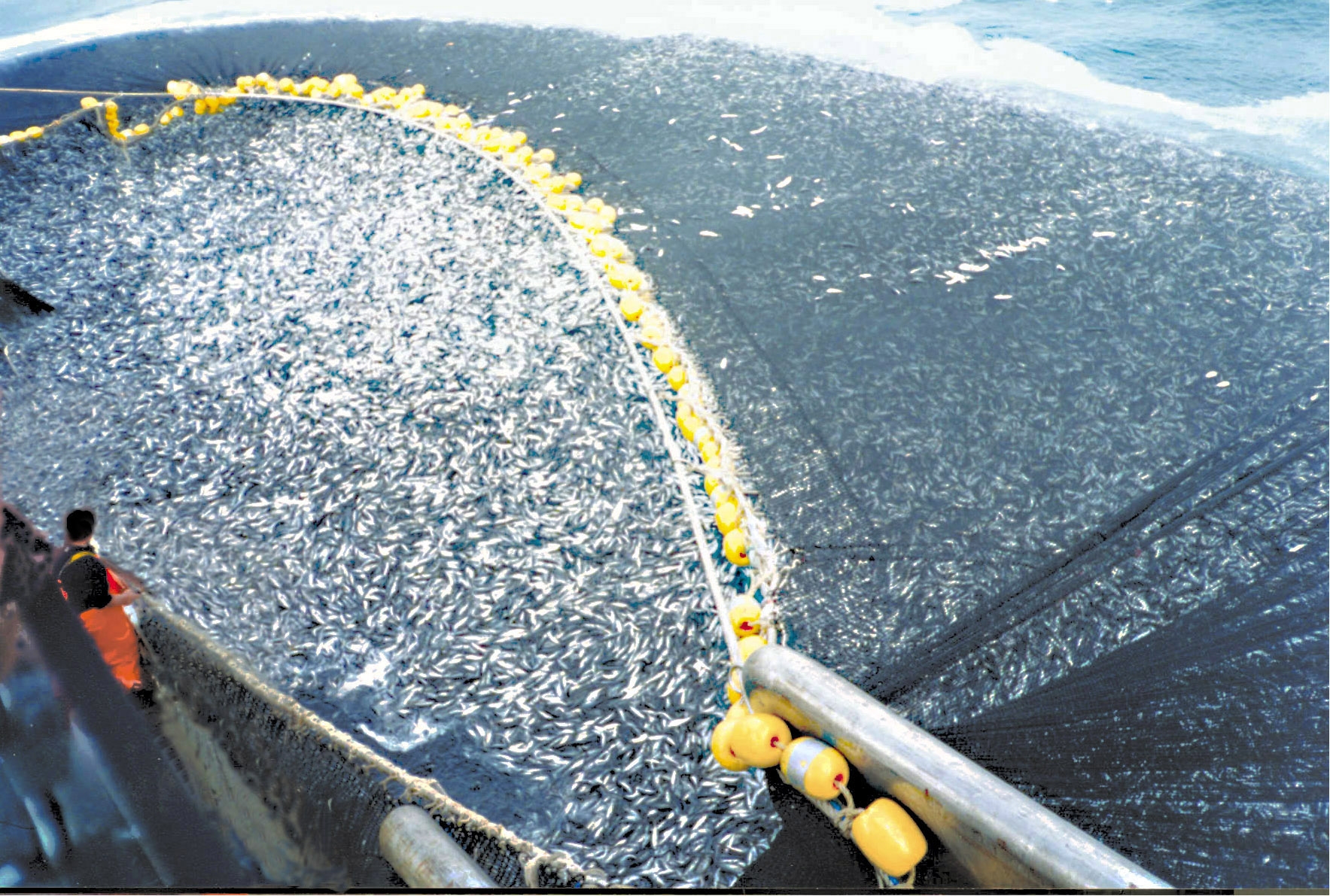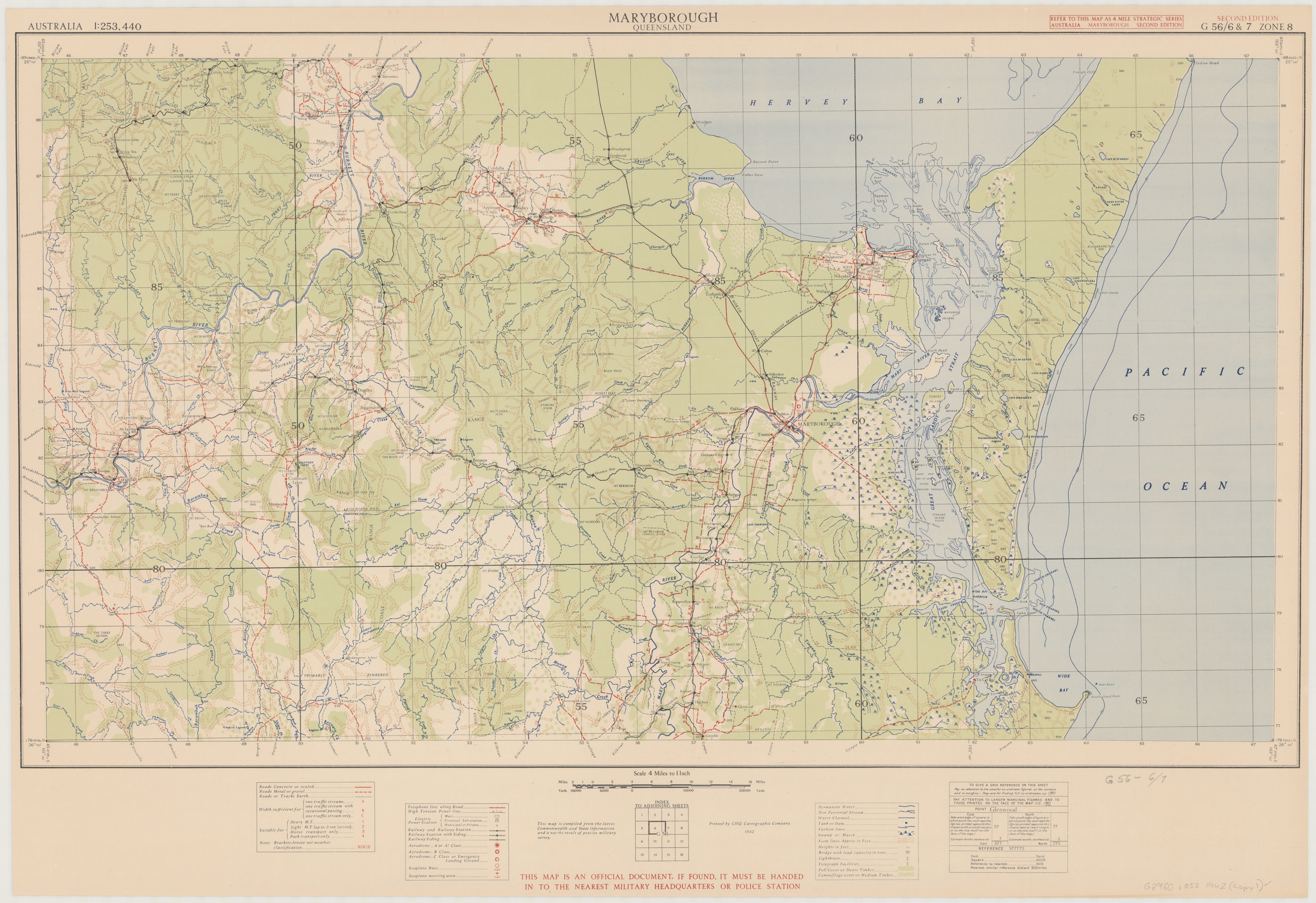|
Brisbane River Cod
The Brisbane River cod was a unique form of '' Maccullochella'' cod that occurred naturally in the Brisbane River system, an east coast river system in south east Queensland, Australia. The Brisbane River Cod was known as the Bumgur (meaning blue cod) by the Jinibara people centred in the Kilcoy region and the junction of the Stanley and Brisbane Rivers. Their exact taxonomic status is not known, but based on several genetic studies it is suspected that Brisbane River Cod were a species intermediate between eastern freshwater cod (''Maccullochella ikei'') of the Clarence River and Richmond River systems in northern New South Wales and Mary River cod of the Mary River in southern Queensland. All naturally occurring '' Maccullochella'' cod in east coast drainages ultimately originate from Murray cod, ''Maccullochella peelii'' that entered an east coast river system, likely the Clarence, via a natural river capture event somewhere between 0.62 and 1.62 million years ago (mean es ... [...More Info...] [...Related Items...] OR: [Wikipedia] [Google] [Baidu] |
Maccullochella
''Maccullochella'' is a genus of large Australian predatory freshwater fish within the family Percichthyidae. The genus ''Maccullochella'' was named after an early Australian fish researcher with the surname ''McCulloch''. The ''Maccullochella'' species are called 'cod' in the vernacular. At the time of European settlement of Australia, members of the genus ''Maccullochella'' dominated the Murray-Darling river system (Murray cod, ''M. peelii'', and trout cod, ''M. macquariensis'') and 4 East Coast river systems (eastern freshwater cod, ''M. ikei'', of the Clarence and Richmond Rivers, Brisbane River cod, ''Maccullochella'' sp., and Mary River cod, ''M. mariensis''). As large, long-lived, top-order predators with delayed sexual maturity and relatively low fecundity (fertility) ''Maccullochella'' species are extremely vulnerable to overfishing, siltation and other forms of habitat degradation, and river regulation by dams and weirs that alter river environments and negatively affe ... [...More Info...] [...Related Items...] OR: [Wikipedia] [Google] [Baidu] |
River Capture
Stream capture, river capture, river piracy or stream piracy is a geomorphological phenomenon occurring when a stream or river drainage system or watershed is diverted from its own bed, and flows down to the bed of a neighbouring stream. This can happen for several reasons, including: *Tectonic earth movements, where the slope of the land changes, and the stream is tipped out of its former course *Natural damming, such as by a landslide or ice sheet *Erosion, either **Headward erosion of one stream valley upwards into another, or **Lateral erosion of a meander through the higher ground dividing the adjacent streams. **Within an area of karst topography, where streams may ''sink'', or flow underground (a sinking or losing stream) and then reappear in a nearby stream valley *Glacier retreat The cause is not always clear. The additional water flowing down the capturing stream may accelerate erosion and encourage the development of a canyon (gorge). The now-dry valley of the or ... [...More Info...] [...Related Items...] OR: [Wikipedia] [Google] [Baidu] |
Fish Kill
The term fish kill, known also as fish die-off, refers to a localized mass mortality event, mass die-off of fish populations which may also be associated with more generalized mortality of aquatic life.University of Florida. Gainesville, FL (2005)"Fish kill." ''Plant Management in Florida's Waters.'' The most common cause is reduced oxygen in the water, which in turn may be due to factors such as drought, harmful algal bloom, overpopulation (biology), overpopulation, or a sustained increase in water temperature. Fish diseases and parasites, Infectious diseases and parasites can also lead to fish kill. Toxicity is a real but far less common cause of fish kill, and is often associated with man-made water pollution. Fish kills are often the first visible signs of environmental stress and are usually investigated as a matter of urgency by environmental agencies to determine the cause of the kill. Many fish species have a relatively low tolerance of variations in environmental conditi ... [...More Info...] [...Related Items...] OR: [Wikipedia] [Google] [Baidu] |
Bush Fire
A wildfire, forest fire, or a bushfire is an unplanned and uncontrolled fire in an area of combustible vegetation. Depending on the type of vegetation present, a wildfire may be more specifically identified as a bushfire ( in Australia), desert fire, grass fire, hill fire, peat fire, prairie fire, vegetation fire, or veld fire. Some natural forest ecosystems depend on wildfire. Modern forest management often engages in prescribed burns to mitigate fire risk and promote natural forest cycles. However, controlled burns can turn into wildfires by mistake. Wildfires can be classified by cause of ignition, physical properties, combustible material present, and the effect of weather on the fire. Wildfire severity results from a combination of factors such as available fuels, physical setting, and weather. Climatic cycles with wet periods that create substantial fuels, followed by drought and heat, often precede severe wildfires. These cycles have been intensified by climate change,Pa ... [...More Info...] [...Related Items...] OR: [Wikipedia] [Google] [Baidu] |
Siltation
Siltation is water pollution caused by particulate terrestrial clastic material, with a particle size dominated by silt or clay. It refers both to the increased concentration of suspended sediments and to the increased accumulation (temporary or permanent) of fine sediments on bottoms where they are undesirable. Siltation is most often caused by soil erosion or sediment spill. It is sometimes referred to by the ambiguous term "sediment pollution", which can also refer to a chemical contamination of sediments accumulated on the bottom, or to pollutants bound to sediment particles. Although "siltation" is not perfectly stringent, since it also includes particle sizes other than silt, it is preferred for its lack of ambiguity. Causes The origin of the increased sediment transport into an area may be erosion on land or activities in the water. In rural areas, the erosion source is typically soil degradation by intensive or inadequate agricultural practices, leading to soil ... [...More Info...] [...Related Items...] OR: [Wikipedia] [Google] [Baidu] |
Habitat Destruction
Habitat destruction (also termed habitat loss or habitat reduction) occurs when a natural habitat is no longer able to support its native species. The organisms once living there have either moved elsewhere, or are dead, leading to a decrease in biodiversity and species numbers. Habitat destruction is in fact the leading cause of biodiversity loss and species extinction worldwide. Humans contribute to habitat destruction through the use of natural resources, agriculture, industrial production and urbanization (urban sprawl). Other activities include mining, logging and trawling. Environmental factors can contribute to habitat destruction more indirectly. Geological processes, climate change, introduction of invasive species, ecosystem nutrient depletion, water and noise pollution are some examples. Loss of habitat can be preceded by an initial habitat fragmentation. Fragmentation and loss of habitat have become one of the most important topics of research in ecology as the ... [...More Info...] [...Related Items...] OR: [Wikipedia] [Google] [Baidu] |
Overfishing
Overfishing is the removal of a species of fish (i.e. fishing) from a body of water at a rate greater than that the species can replenish its population naturally (i.e. the overexploitation of the fishery's existing Fish stocks, fish stock), resulting in the species becoming increasingly underpopulated in that area. Overfishing can occur in water bodies of any sizes, such as ponds, wetlands, rivers, lakes or oceans, and can result in resource depletion, reduced biological growth rates and low biomass (ecology), biomass levels. Sustained overfishing can lead to critical depensation, where the fish population is no longer able to sustain itself. Some forms of overfishing, such as the Threatened sharks, overfishing of sharks, has led to the upset of entire marine ecosystems. Types of overfishing include growth overfishing, recruitment overfishing, and ecosystem overfishing. Overfishing not only causes negative impacts on biodiversity and ecosystem functioning, but also reduces fish pr ... [...More Info...] [...Related Items...] OR: [Wikipedia] [Google] [Baidu] |
Murray Cod
The Murray cod (''Maccullochella peelii'') is a large Australian predatory freshwater fish of the genus '' Maccullochella'' in the family Percichthyidae.Dianne J. Bray & Vanessa J. Thompson (2011Murray Cod, Maccullochella peelii Fishes of Australia. Retrieved 29 August 2014 Although the species is called a cod in the vernacular, it is not related to the Northern Hemisphere marine cod ('' Gadus'') species. The Murray cod is an important part of Australia's vertebrate wildlife— as an apex predator in the Murray-Darling River system—and also significant in Australia's human culture. The Murray cod is the largest exclusively freshwater fish in Australia, and one of the largest in the world. Other common names for Murray cod include cod, greenfish, goodoo, Mary River cod, Murray perch, ponde, pondi and Queensland freshwater cod. The scientific name of Murray cod derives from an early Australian fish researcher Allan Riverstone McCulloch and the river from which the explorer ... [...More Info...] [...Related Items...] OR: [Wikipedia] [Google] [Baidu] |
Brisbane River
The Brisbane River (Turrbal language, Turrbal: ) is the longest river in South East Queensland, Australia. It flows through the city of Brisbane, before emptying into Moreton Bay on the Coral Sea. John Oxley, the first European to explore the river, named it after the Governors of New South Wales, Governor of New South Wales, Sir Thomas Brisbane in 1823. The Moreton Bay Penal Colony, penal colony of Moreton Bay later adopted the same name, eventually becoming the present city of Brisbane. The river is a tide, tidal estuary and the water is brackish water, brackish from its mouth through the majority of the Brisbane metropolitan area westward to the Mount Crosby Weir. The river is wide and navigability, navigable throughout the Brisbane metropolitan area. It is affectionately known by locals as the "Brown Snake", on account of its silty waters and long, winding course. The river travels from Mount Stanley. The river is dammed by the Wivenhoe Dam, forming Lake Wivenhoe, the main ... [...More Info...] [...Related Items...] OR: [Wikipedia] [Google] [Baidu] |
Mary River (Queensland)
The Mary River (Gubbi Gubbi language, Gubbi Gubbi: Moocooboola) is a major river system in the South East Queensland, South East and Wide Bay–Burnett regions of Queensland, Australia. It is the six longest coastal river in the state and unique in that it flows south to north. It is home to three threatened species, the Mary River turtle, white-throated snapping turtle and the Mary River cod. The Mary River was to be dammed with the construction of the Traveston Crossing Dam until it was cancelled due to environmental reasons. The river has experienced major floods in 1955, 1992, 1999, 2011, 2013 and 2022. Etymology The river was named ''Wide Bay River'' on 10 May 1842 by early European explorers, Andrew Petrie and Henry Stuart Russell. The official name was changed on 8 September 1847 (prior to Queensland becoming a separate colony) by Charles Augustus FitzRoy, then Governor of New South Wales, to ''Mary River'' — after his wife Lady Mary Lennox (15 August 1790 to 7 De ... [...More Info...] [...Related Items...] OR: [Wikipedia] [Google] [Baidu] |
Mary River Cod
The Mary River cod (''Maccullochella mariensis'') is a species of temperate perch native to the coastal Mary River system of southern Queensland, Australia. Mary River cod are one of Australia's most endangered freshwater fishes and are notable for being the most northerly of the four '' Maccullochella'' cods found or once found in coastal river systems of eastern Australia. The endangered status of the fish was one of the reasons that the Traveston Crossing Dam was not able to be built. The species is very territorial, staying in the same spot for 98% of the time, leaving only to feed and breed. Description The Mary River cod is a large fish recorded up to almost 40 kg and 120 cm in the early years of European settlement, but now are mostly less than 5 kg and 70 cm. Very similar in appearance to Murray cod and eastern freshwater cod, they are striking looking, golden-yellow to dark green or brown, deep-bodied fish with dark green to black mottling. C ... [...More Info...] [...Related Items...] OR: [Wikipedia] [Google] [Baidu] |






